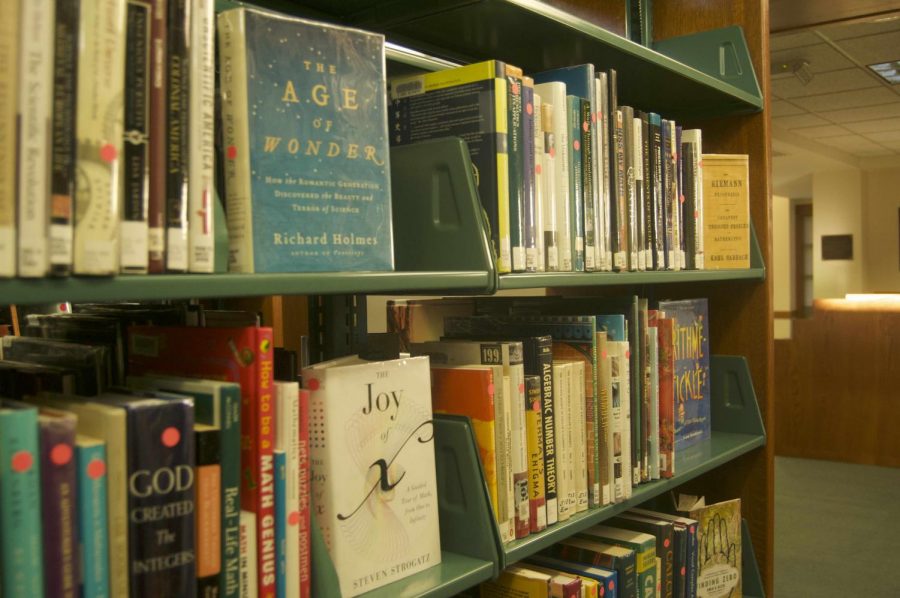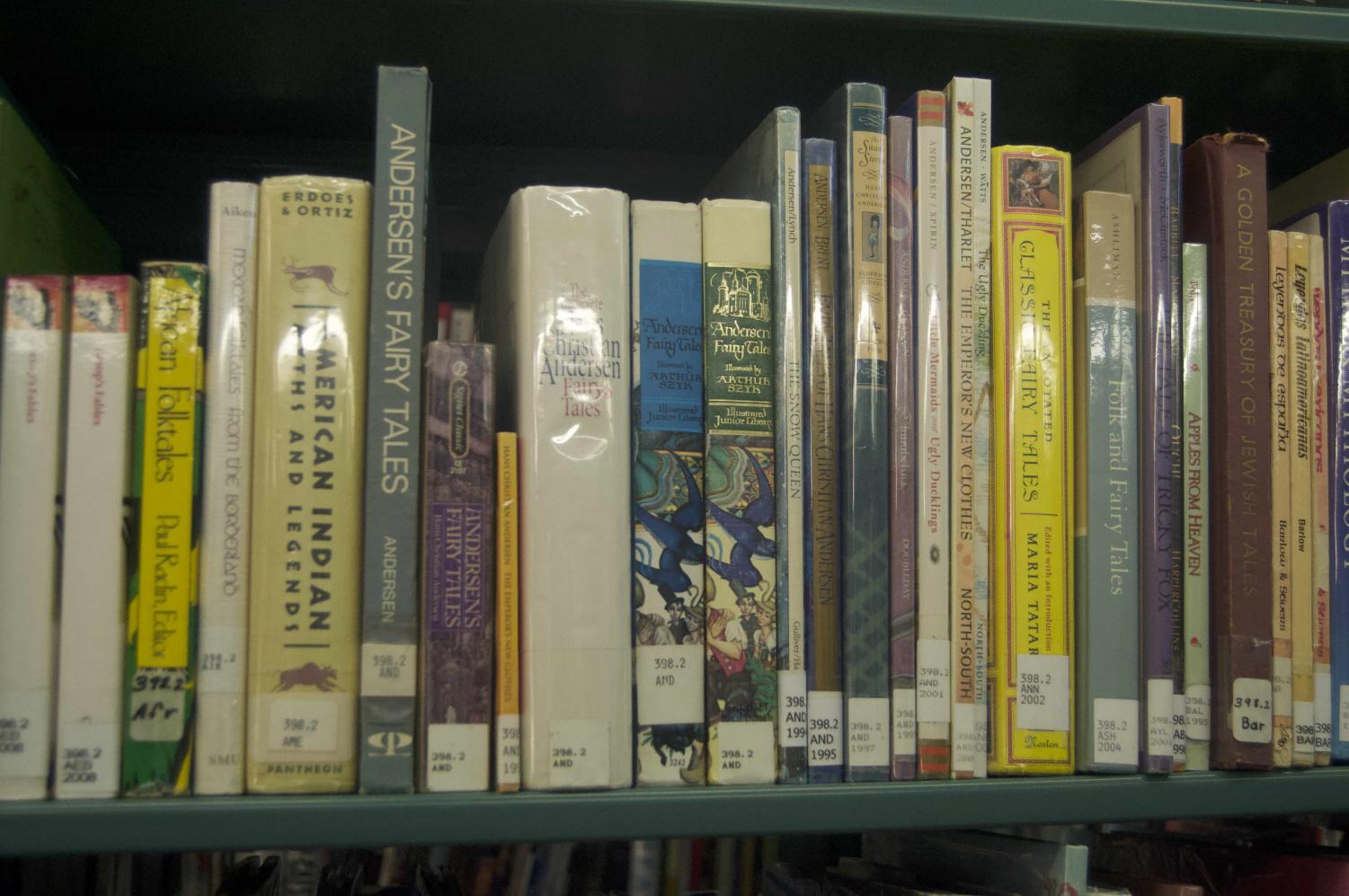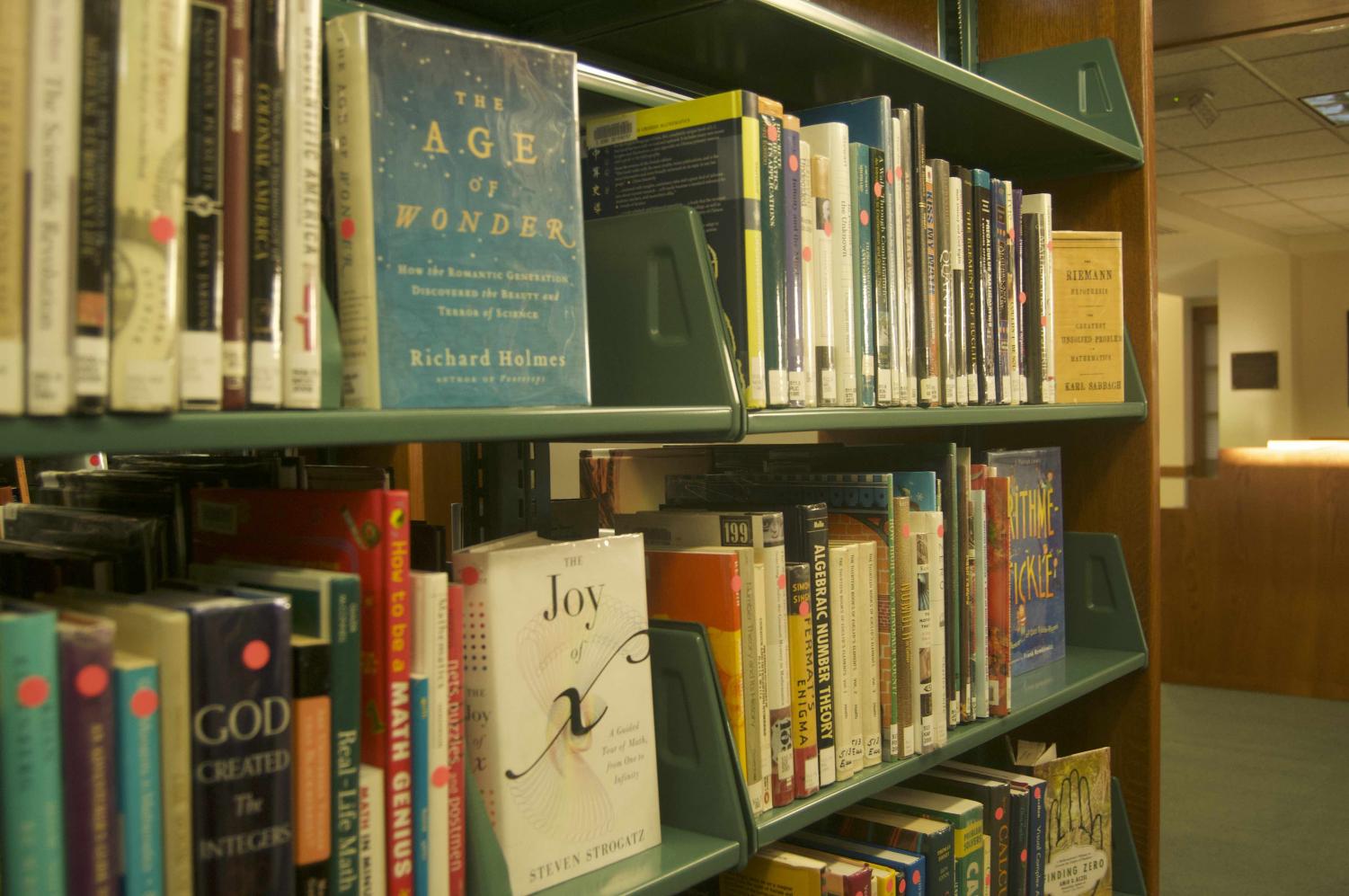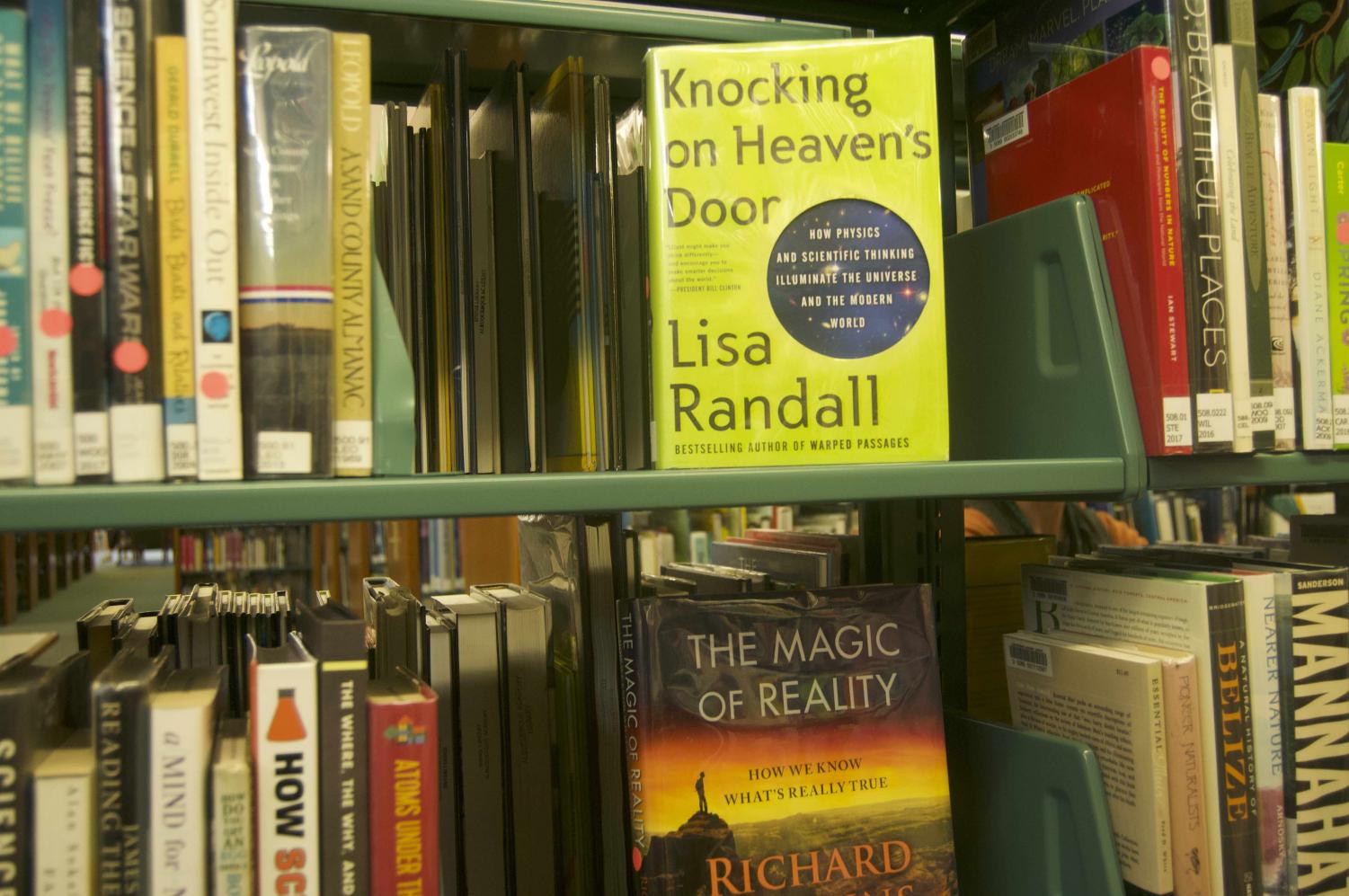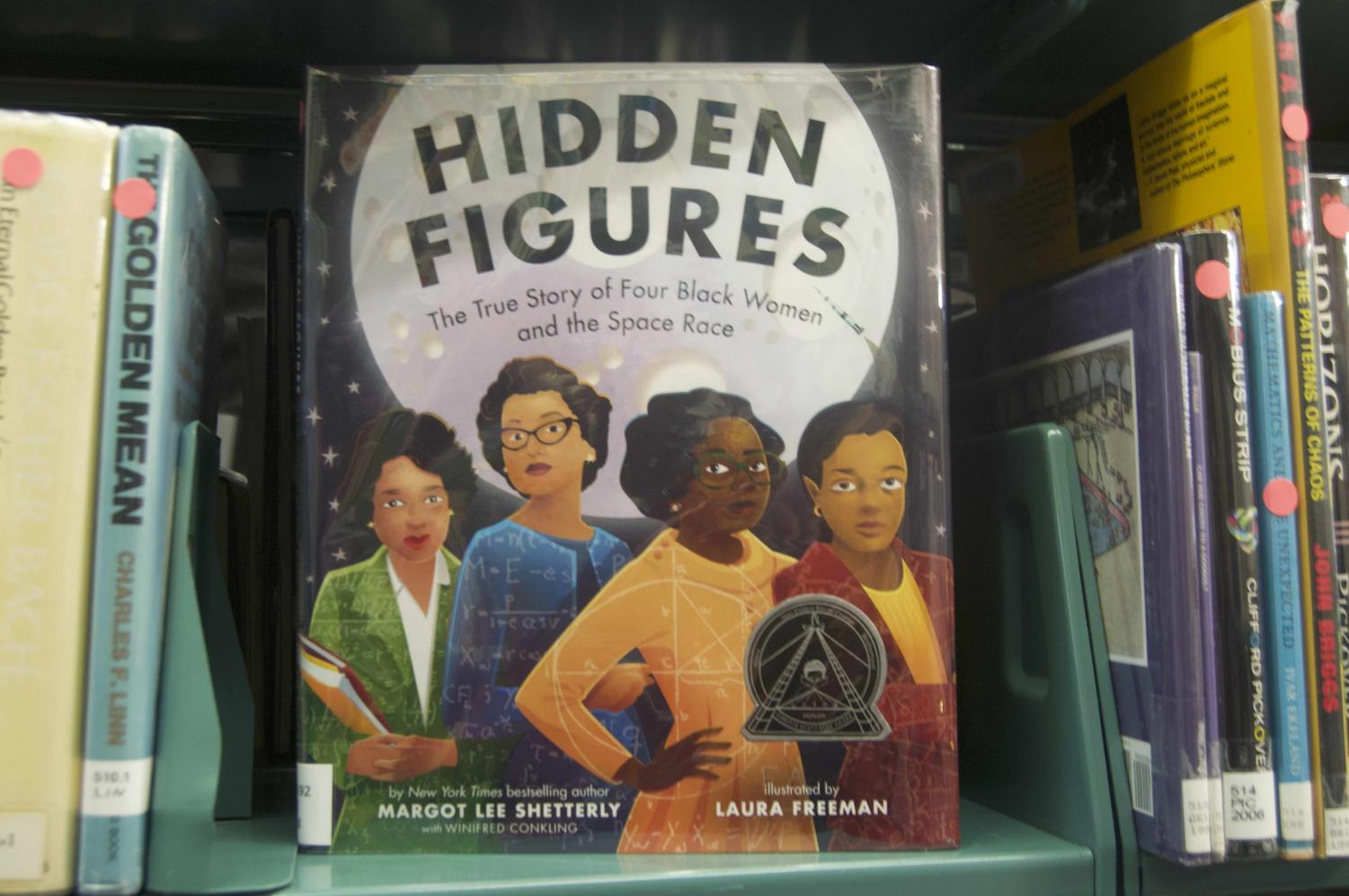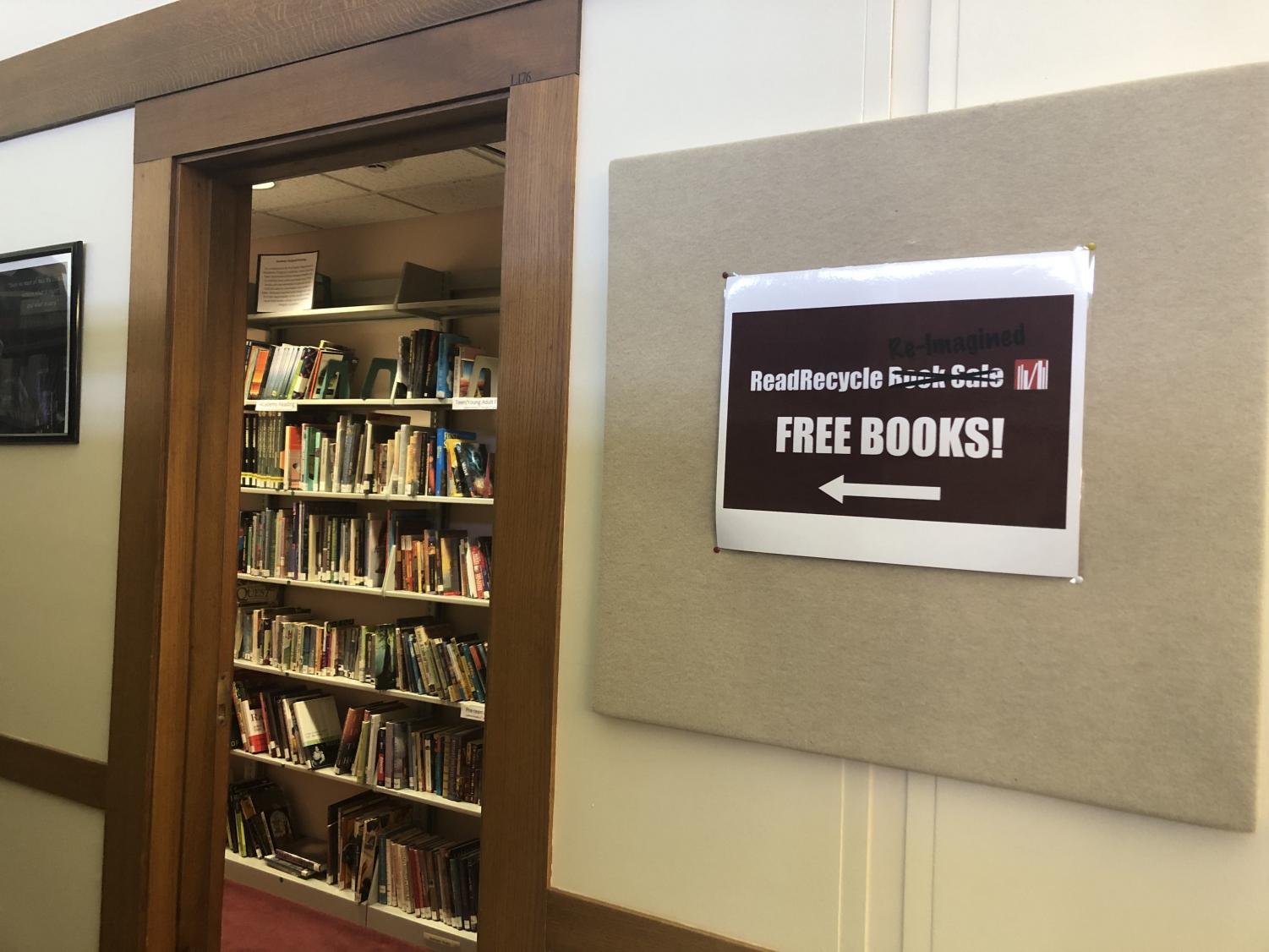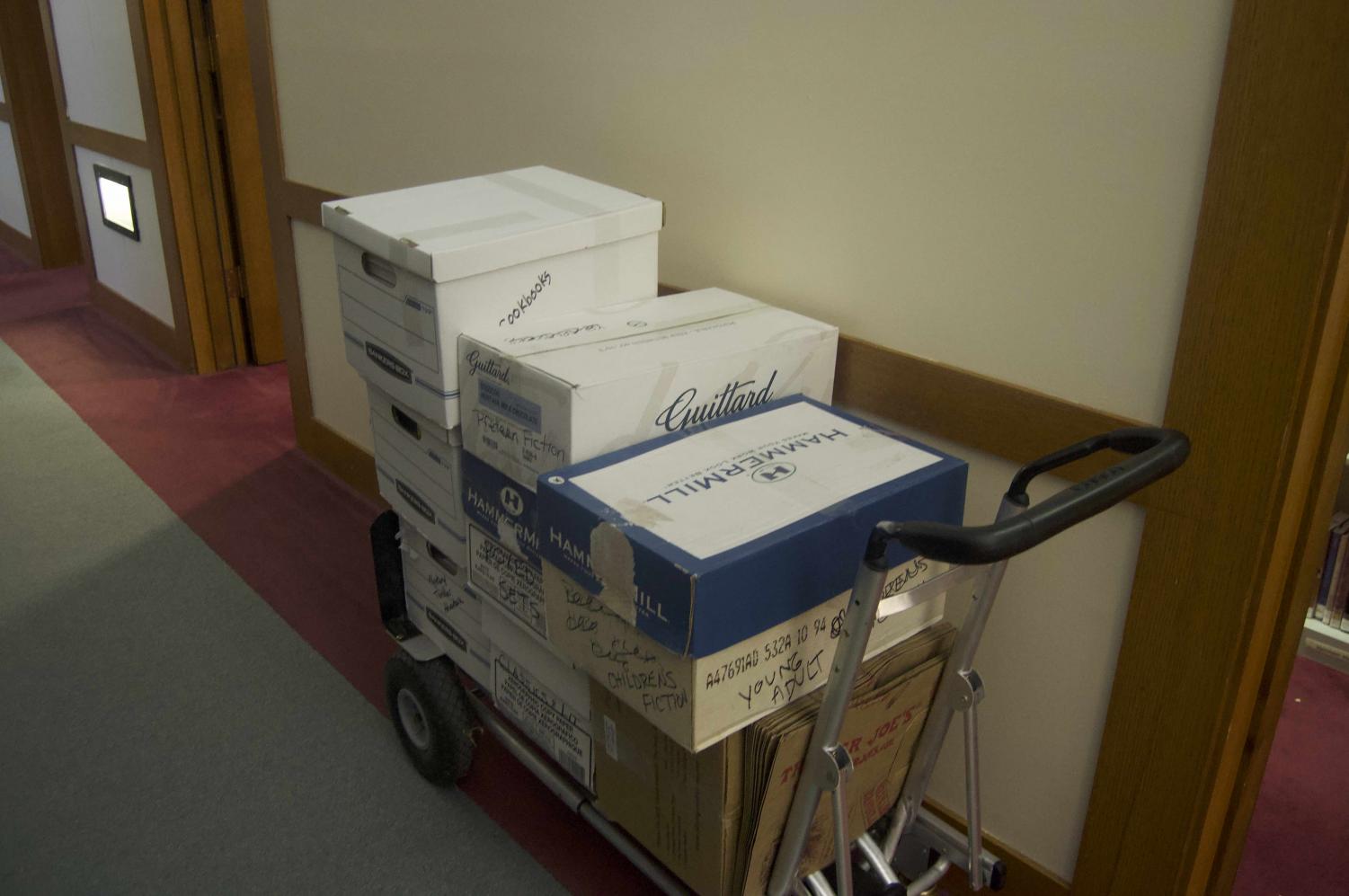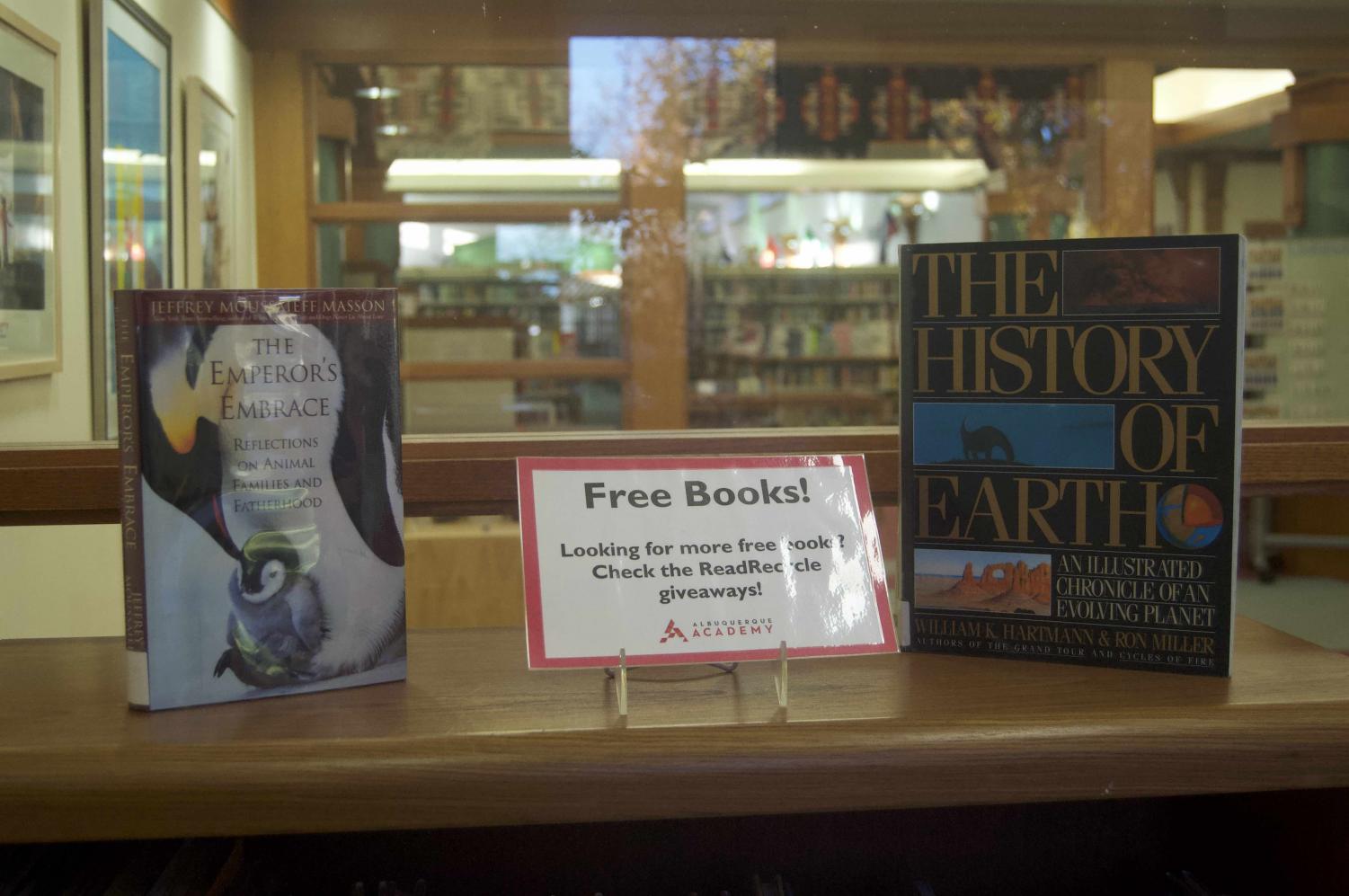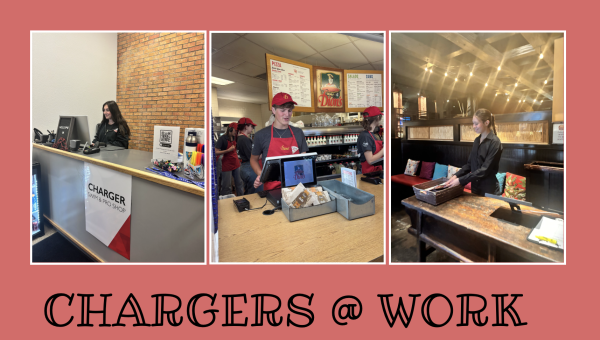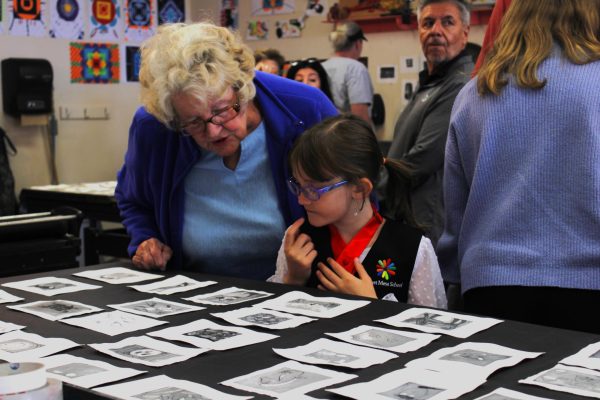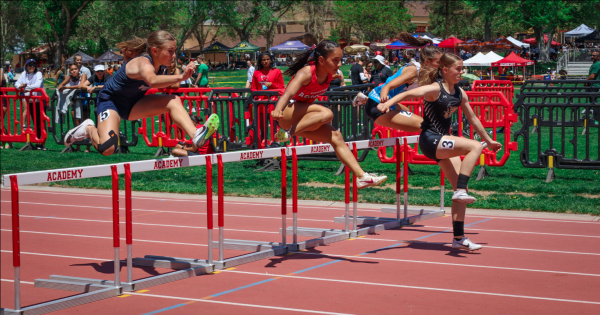Library Weeds Collection
Seeks to Make the Library More User Friendly
A Preview of what the “new shelves” will look like.
The Albuquerque Academy Simms Library has begun an extensive book weeding process to help improve the library’s selection and make it more approachable to library patrons. Megan Glidden, the Director of Library Services and Upper School librarian, is leading the charge with the help of the other librarians. Weeding is a process performed by libraries across the country to help improve the quality of their collections. Once the first extensive weeding of the library is done at Simms, Glidden expects each section to get weeded about every two years in a continuous cycle.
When a library is weeded, librarians look at the collection and figure out which books are not being checked out, have multiple copies, are in bad condition, or contain information that is outdated or incorrect. The librarians then look at these books to figure out if they should remain on the shelves. Libraries generally use specific criteria to help determine which items should be weeded. Simms Library is using the CREW manual. CREW stands for Continuous Review, Evaluation, and Weeding. The goal of this manual is to have a collection centered around providing relevant information by continuously weeding through materials.
The Simms librarians have started weeding out books in the nonfiction section. The first part of nonfiction that they are working on is the 500’s, or the science section, “Because a lot of that information can become out of date and isn’t current or accurate anymore,” Glidden said. She also stated that Simms Library had about 135,000 items in the collection when she started in July. In comparison, most school libraries have about 4,000 to 5,000 books. When Glidden looked into why our collection was so vast, she discovered that there were a good number of books that were out of date, not being checked out, or in poor condition. This inspired her to begin the weeding process.
The librarians are also weeding out books to make room for newer books and to ensure that the shelves are more accessible to users. Right now, the library is filled with enormous shelves, and all of those shelves are filled with books from top to bottom. Glidden hopes that eventually, they can weed out enough books so that the remaining books can be displayed in a more appealing and accessible fashion. Hopefully, having fewer books on the shelves will encourage more people to use the library since the sheer amount of material is less daunting. By the time the weeding process is completed, Glidden expects to have around 90,000 items remaining in the collection, but that number is subject to change depending on what happens when other sections of the library are weeded out.
Once books are removed from the collection, there are a few different things that may happen to them. Many of the books are placed in the free books room in the library for a week or two so that community members can take them if they would like. If the books are not taken from the shelf, they are donated to Better World Books. Better World Books is a company that sells used books and donates some of the money to other literacy organizations. Of course, some of the books are in poor condition, or no one has a need for them, so those items are recycled. Finally, the librarians have asked different members of the faculty if they would like books for their classroom. Teachers have also been able to come in and select which books they would like to remain in the collection.
Weeding out a selection is important for the well-being of a library. It keeps the materials within a library relevant and usable, and it makes it easier for people to access the resources that a library has to offer. Glidden said that “It can feel kind of frightening to see books leaving the library or to know that books are being recycled, [but] we do this with the best interest of the community…We want to have books that are needed in the community and we need to have those books.”
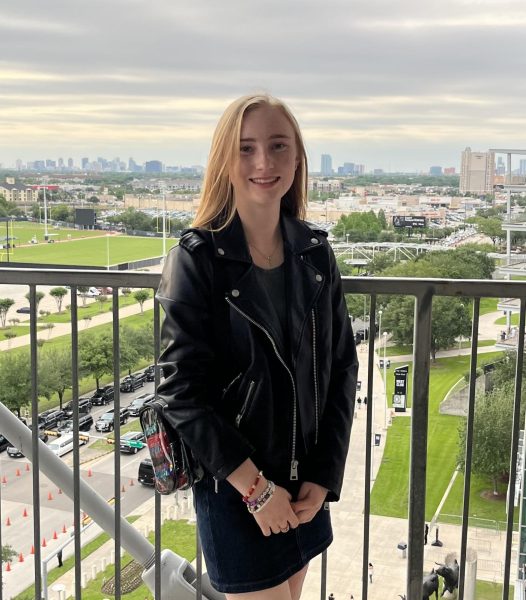
A member of The Advocate since 7th grade, Elizabeth enjoys writing news, school and local, and arts and culture articles. She can't wait to help writers...


